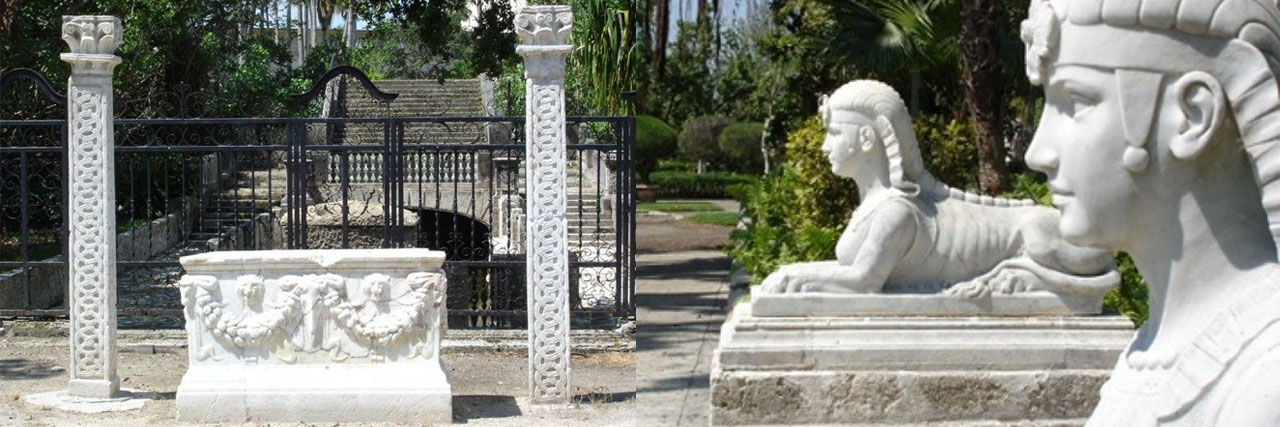Where the Structure and Associated Features, Interiors, Gardens, and Outdoor Sculpture, Are Major Components of the Collection
Author: Mark Rabinowitz
In historic house museums, museums housed within historic structures, and those with extensive outdoor art collections integrated into the buildings and grounds, the normal divisions between collections and facilities break down. Maintaining ideal environmental conditions from a collections standpoint may run counter to the preservation of the buildings and neither may be best from a visitor’s perspective. Housekeeping, building maintenance and conservation activities frequently overlap. Restoration and construction plans have to negotiate a thicket of often contradictory demands of historic preservation, collections care, and the visitor’s experience.
By reviewing the implementation of widely accepted goals, theoretical and technical applications, and case histories, the focus is usually on ways to integrate conservation means, methods and values into building construction, restoration, maintenance, and special needs of historic houses and museums with extensive art work built into the structures and grounds. From understanding the owner’s needs, training of staff, and viewing the care for historic artifacts within the context of the whole built environment, effective plans can be developed and implemented for the care of the historic and artistic fabric of their buildings.
It has been almost 15 years since the New Orleans Charter for the Joint Preservation of Historic Structures and Artifacts was adopted by APT, AIC, AIA, AAM, and NCSHPO. And while balancing the stewardship of both buildings and their collections is acknowledged as a key goal in most house museum rehabilitation projects, the actual implementation has not been as successful as one would hope. Review of recent projects at National Historic Landmark sites operated by the Trust will identify the major problems still confronting the house museum, particularly related to climate management.
As if negotiating a balance between best practices for historic building preservation against those for collections care isn’t enough of a challenge, museum staff—directors and curators in particular—must also accommodate the demands and expectations of visitors, rental clients, and our own boards and colleagues. Caught between professional standards and the reality of how people actually use historic sites, can we maintain the integrity of historic buildings and practice responsible collections stewardship while accommodating public use?
Integrating fine art conservation means methods and values of an architectural facade restoration project requires differing strategies, depending on the extent of the fine art elements, the conditions encountered, and the contracting circumstances of the overall project.
